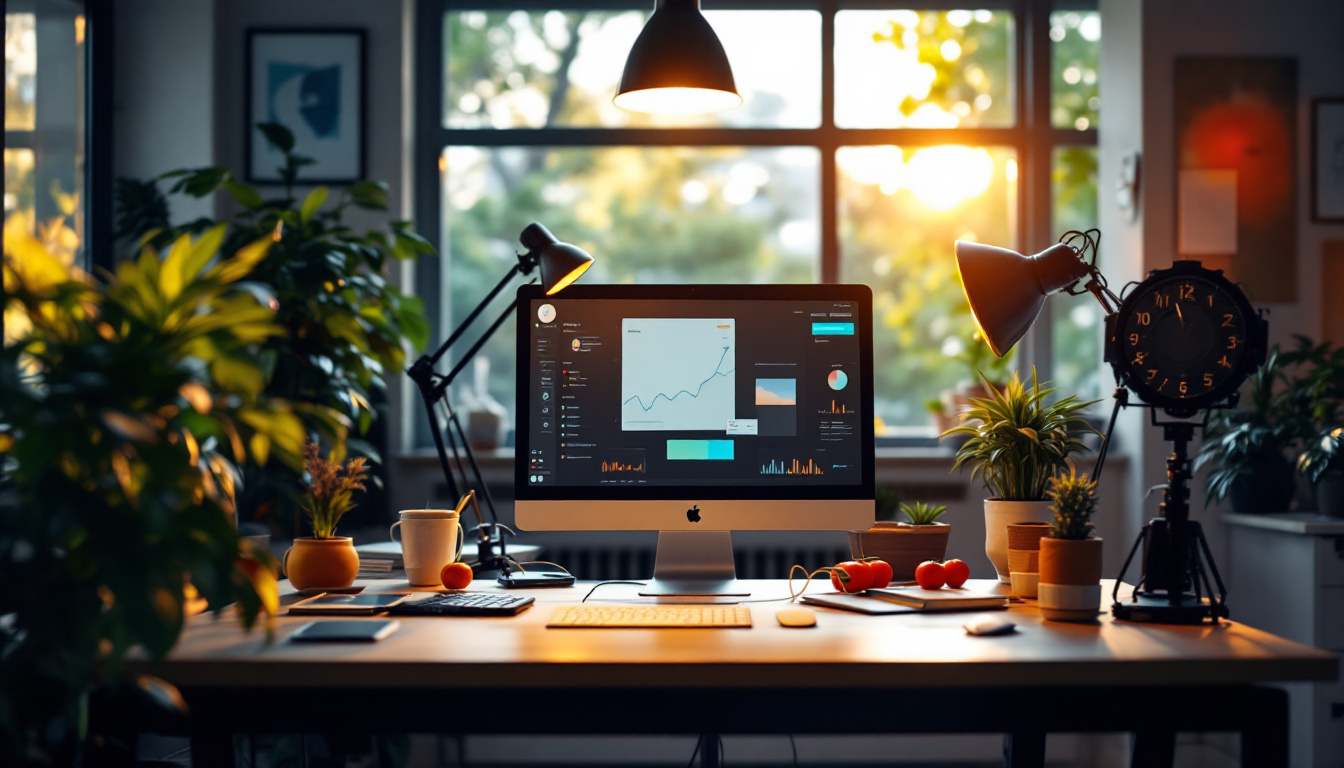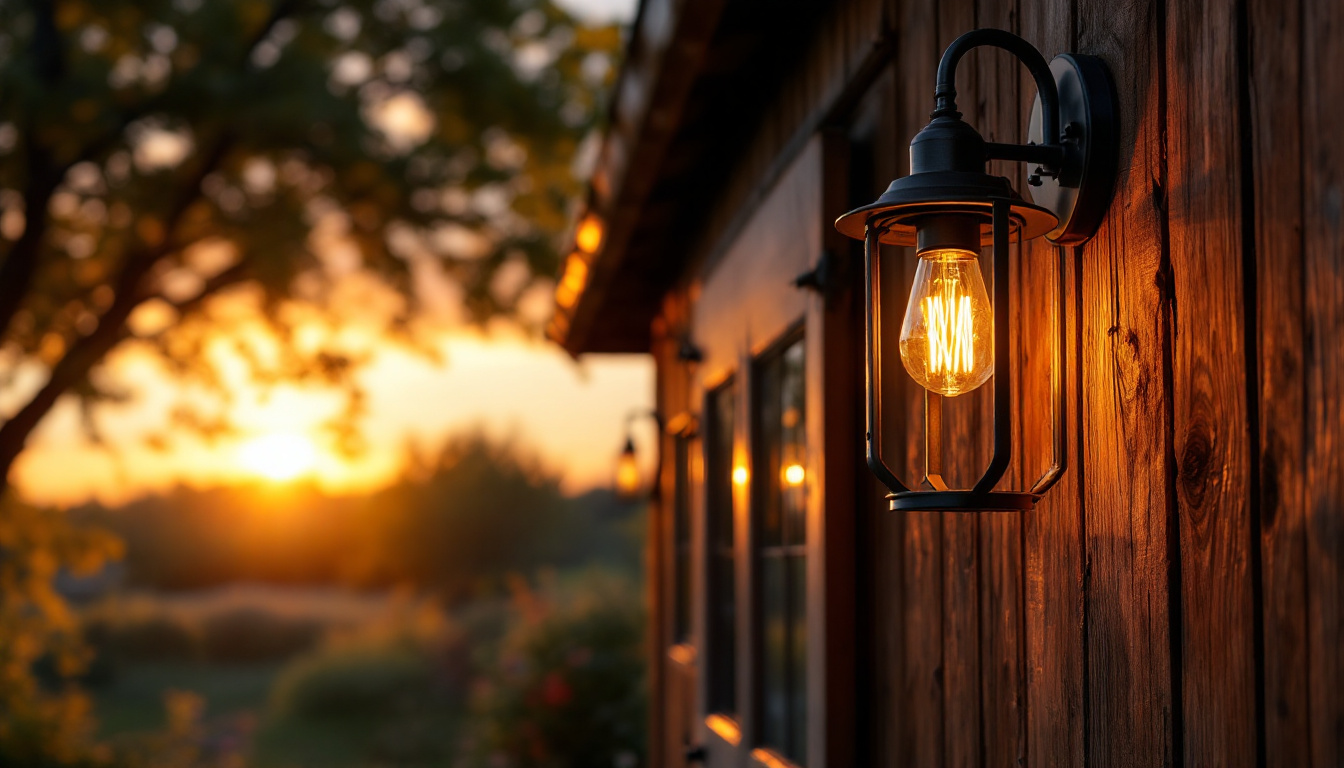
In the realm of lighting design and installation, efficiency is paramount. As a lighting contractor, understanding how to optimize systems for maximum efficiency can lead to significant cost savings, improved performance, and enhanced customer satisfaction. This article delves into various strategies, technologies, and best practices that can help achieve these goals.
Lighting efficiency refers to the effective use of energy to produce light. It encompasses various factors, including the type of light source, the design of the lighting system, and the control mechanisms in place. By grasping the fundamentals of lighting efficiency, contractors can make informed decisions that benefit both their projects and clients.
The choice of light source plays a critical role in overall efficiency. Traditional incandescent bulbs have largely been replaced by more energy-efficient options like LED and fluorescent lights. LEDs, in particular, offer a longer lifespan and lower energy consumption, making them a popular choice for modern lighting solutions.
Fluorescent lights, while more efficient than incandescent bulbs, still fall short compared to LEDs. Understanding the characteristics of each type of light source allows contractors to recommend the best options for their clients, ensuring optimal performance and reduced energy costs. Additionally, advancements in lighting technology have introduced options such as compact fluorescent lamps (CFLs) and smart lighting systems, which can adapt to user needs and preferences, further enhancing energy savings and convenience.
Effective lighting design is not just about choosing the right bulbs; it also involves strategic placement and spacing. Utilizing principles such as layering light, which combines ambient, task, and accent lighting, can enhance both aesthetic appeal and functionality. This approach minimizes the need for excessive lighting, thus conserving energy.
Moreover, considering the color temperature and color rendering index (CRI) of light sources can significantly impact how spaces are perceived. A well-designed lighting scheme can create inviting environments while maximizing efficiency. For instance, warmer color temperatures can make a space feel cozy and welcoming, ideal for residential settings, while cooler temperatures are often preferred in workspaces for their ability to enhance focus and productivity. Additionally, integrating natural light through windows and skylights can complement artificial lighting, reducing reliance on electric sources and promoting a healthier indoor atmosphere.
smart lighting controls are revolutionizing the way contractors approach lighting efficiency. These systems allow for greater control over lighting conditions, adapting to the needs of the space and its occupants. By integrating smart technology, contractors can offer solutions that not only save energy but also enhance user experience.
There are various types of smart lighting controls available, including occupancy sensors, daylight harvesting systems, and programmable timers. Occupancy sensors automatically turn lights on or off based on the presence of individuals in a room, reducing energy waste. Daylight harvesting systems adjust artificial lighting based on the amount of natural light available, optimizing energy use throughout the day.
Programmable timers and smart apps allow users to customize lighting schedules, ensuring that lights are only on when needed. These technologies can lead to substantial energy savings and are increasingly becoming a standard in modern lighting installations. Moreover, some advanced systems can even learn user habits over time, automatically adjusting settings to match preferences, which further enhances convenience and efficiency.
The benefits of incorporating smart lighting controls extend beyond energy savings. They can enhance the comfort and convenience of spaces, allowing users to tailor lighting to their preferences. Furthermore, many smart systems offer remote access, enabling users to control their lighting from anywhere, which adds an extra layer of flexibility. This feature is particularly useful for homeowners who want to create a welcoming atmosphere before arriving home or for businesses that need to manage lighting in multiple locations efficiently.
Additionally, smart lighting can contribute to sustainability goals. By reducing energy consumption, contractors can help clients lower their carbon footprint, aligning with growing environmental consciousness among consumers. Furthermore, the integration of smart lighting with other smart home technologies, such as heating and cooling systems, can lead to even greater energy efficiency. For instance, a smart thermostat can work in tandem with lighting controls to adjust both temperature and lighting based on occupancy, creating a more holistic approach to energy management. This interconnectedness not only maximizes efficiency but also enhances the overall user experience, making spaces more adaptable and responsive to individual needs.
Conducting energy audits is a crucial step in optimizing lighting efficiency. These assessments provide valuable insights into current energy usage and identify areas for improvement. For contractors, offering energy audits can be a significant value-add for clients looking to enhance their lighting systems.
To conduct an effective energy audit, contractors should begin by evaluating existing lighting systems. This includes assessing the types of fixtures, light sources, and control mechanisms in use. Additionally, measuring the energy consumption of each component can help identify inefficiencies.
Once the assessment is complete, contractors can provide clients with a detailed report outlining potential upgrades and modifications. This not only helps clients understand their current energy usage but also highlights the financial benefits of investing in more efficient lighting solutions.
During the audit, contractors can identify opportunities for improvement, such as replacing outdated fixtures, upgrading to LED technology, or implementing smart controls. Each of these changes can lead to significant energy savings and improved performance.
Moreover, presenting clients with a clear return on investment (ROI) analysis can facilitate decision-making. By illustrating the long-term savings associated with energy-efficient upgrades, contractors can encourage clients to invest in better lighting solutions.
In addition to the immediate financial benefits, energy audits can also play a pivotal role in enhancing the overall comfort and productivity of a space. For instance, upgrading to LED lighting not only reduces energy consumption but also offers better color rendering and reduced glare, which can significantly improve the visual environment. Furthermore, integrating smart lighting controls allows for the customization of lighting levels based on occupancy and natural light availability, creating a more adaptive and pleasant atmosphere for occupants.
Another important aspect of energy audits is their contribution to sustainability goals. As businesses increasingly prioritize environmental responsibility, demonstrating a commitment to reducing energy consumption can enhance a company’s reputation and appeal to eco-conscious consumers. By investing in energy-efficient lighting solutions, clients not only lower their operational costs but also contribute to a more sustainable future, aligning their practices with global efforts to combat climate change and reduce carbon footprints.
As the push for sustainability grows, integrating renewable energy sources into lighting systems is becoming increasingly viable. Solar-powered lighting, for example, can be an excellent option for outdoor spaces, reducing reliance on grid electricity and lowering energy costs.
Solar lighting systems harness energy from the sun, making them an eco-friendly choice for outdoor applications. These systems typically consist of solar panels, batteries, and LED fixtures. By utilizing solar energy, contractors can offer clients a sustainable lighting solution that minimizes environmental impact.
Moreover, solar lighting can be particularly advantageous in remote areas where traditional electrical infrastructure may be lacking. By providing a reliable and independent lighting source, contractors can meet the needs of clients in diverse settings.
For clients who require consistent lighting regardless of weather conditions, hybrid systems that combine solar and grid power can be an effective solution. These systems can automatically switch between solar and grid power based on availability, ensuring uninterrupted service and energy efficiency.
By presenting clients with the option of renewable energy solutions, contractors can position themselves as forward-thinking professionals committed to sustainability and efficiency.
To stay competitive in the lighting industry, ongoing training and education are essential. As technologies and best practices evolve, contractors must keep abreast of the latest developments to provide the best solutions for their clients.
Participating in industry seminars, workshops, and online courses can help contractors stay informed about emerging technologies and trends in lighting efficiency. Networking with other professionals can also provide valuable insights and foster collaboration on projects.
Moreover, many manufacturers offer training programs that focus on their specific products and technologies. Engaging with these resources can enhance contractors’ expertise and enable them to offer clients the most effective solutions available.
Obtaining certifications in energy efficiency and lighting design can further enhance a contractor’s credibility and skill set. These credentials demonstrate a commitment to professionalism and expertise, which can be a significant differentiator in a competitive market.
Investing in professional development not only benefits contractors but also enhances the overall quality of service provided to clients. As clients become more knowledgeable about lighting efficiency, they will seek contractors who can guide them through the complexities of modern lighting solutions.
Optimizing lighting for maximum efficiency is a multifaceted endeavor that requires a deep understanding of technology, design principles, and client needs. By embracing energy-efficient light sources, implementing smart controls, conducting thorough energy audits, and leveraging renewable energy options, contractors can significantly enhance their offerings.
Moreover, ongoing education and training are vital for staying competitive in an ever-evolving industry. By committing to these practices, lighting contractors can not only improve their own business outcomes but also contribute to a more sustainable and efficient future for the lighting industry as a whole.
In a world where energy efficiency is increasingly prioritized, lighting contractors have the opportunity to lead the way in optimizing lighting solutions that benefit both their clients and the environment.
Ready to elevate your lighting game? At LumenWholesale, we’re committed to helping you shine. Our extensive range of spec-grade lighting products is designed to meet your every need, ensuring maximum efficiency and client satisfaction. Say goodbye to local distributor markups and hello to superior lighting solutions at wholesale prices. With free shipping on bulk orders, you can trust that you’re getting the best value without any hidden costs. Don’t compromise on quality or affordability. Make the smart choice and explore our collection for Wholesale Lighting at the Best Value today.

Discover the essential checklist for lighting contractors working with three-way light switches.

Discover the pitfalls to avoid when installing exterior hanging lantern lights.

Discover why lighting contractors should prioritize Drivelight in their projects.

Discover the essential reasons why every lighting contractor should consider incorporating outdoor barn lights into their projects.